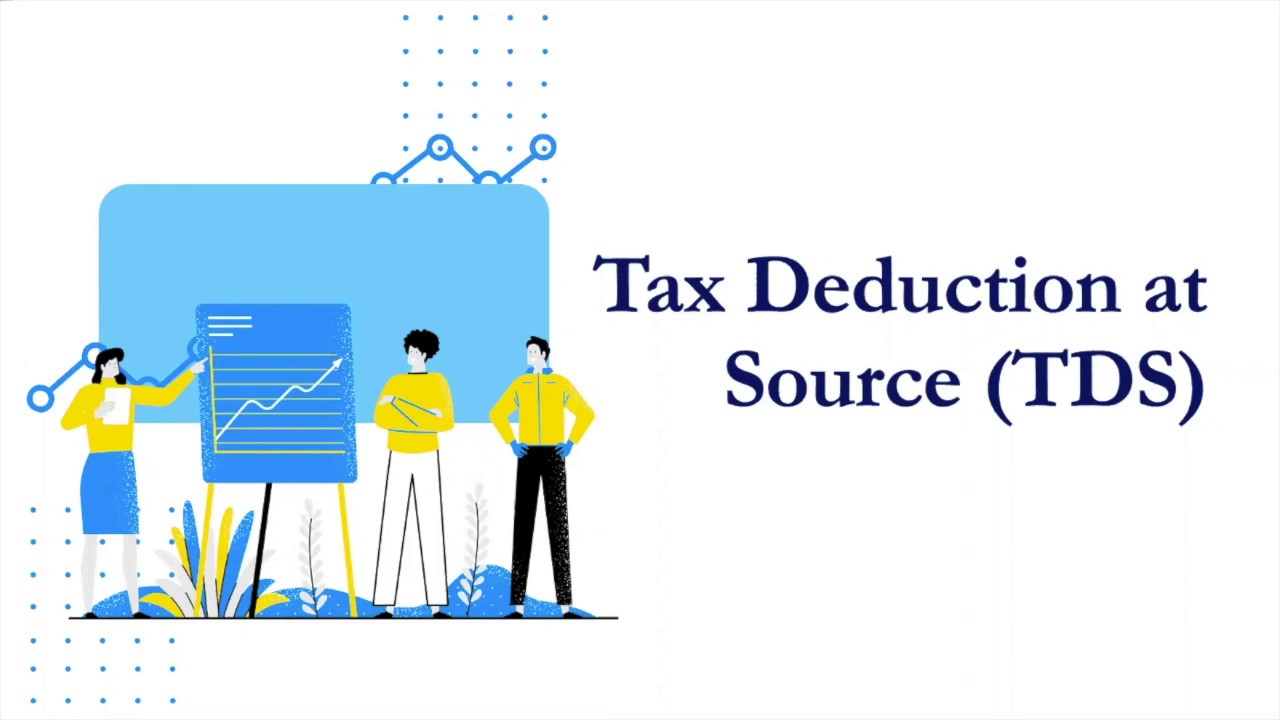Tax Deducted at Source (TDS)
Tax Deducted at Source (TDS)
Understanding TDS and Compliances in India: A Comprehensive Guide
Tax Deducted at Source (TDS) is a vital component of the Indian taxation system, designed to ensure a steady inflow of revenue for the government. This mechanism places a responsibility on the payer, often referred to as the deductor, to deduct a predetermined percentage of tax before disbursing payments to the payee, or deductee. To navigate the complex web of TDS and associated compliances in India, follow this step-by-step expert guide:
Step 1: Determine Applicability Begin by comprehending the scope of TDS applicability. Assess the nature of your transactions, as TDS applies to various forms of payments such as salary, rent, interest, professional fees, and more.
Step 2: Obtain TAN (Tax Deduction and Collection Account Number) If you are the deductor, secure a TAN. This crucial identification number can be acquired through the official website of the Income Tax Department.
Step 3: Account for TDS Deduction Execute TDS deductions as mandated by the applicable rates when disbursing payments to the deductee.
Step 4: Deposit TDS Effectively deposit the deducted TDS to the government by utilizing Challan 281. This can be executed through authorized bank branches or online platforms.
Step 5: File TDS Return Quarterly, file TDS returns with meticulous attention to detail. Different forms are to be used based on the transaction's nature, including Form 24Q for salary TDS and Form 26Q for non-salary TDS, among others.
Step 6: Issuance of TDS Certificate Fulfill the obligation of issuing a TDS certificate to the deductee, comprising Form 16 for salary TDS and Form 16A for non-salary TDS. These certificates must be provided within stipulated deadlines.
Step 7: File Annual TDS Return In addition to quarterly filings, submit an annual TDS return, making use of Form 24Q for salary TDS and Form 26Q for non-salary TDS.
Step 8: Adjust TDS Credits The deductee is entitled to claim credit for the TDS deducted while filing their income tax return. Ensure that the TDS details align accurately with the deductee's Form 26AS.
Step 9: Compliance for Late Payment or Filing Penalties and interest charges may be applicable in cases of delayed payments or filings. Promptly rectify discrepancies and meet penalty obligations.
Step 10: TDS on Property Transactions (if applicable) For property transactions exceeding a particular threshold, TDS is mandatory. Employ Form 26QB to fulfill TDS requirements in property transactions.
Step 11: Compliance for Lower Deduction or Non-Deduction Should the deductee qualify for a lower TDS rate or non-deduction under specific sections of the Income Tax Act, they may apply for a Lower TDS Certificate or No TDS Certificate through the Income Tax Department.
Step 12: Regular Updates on TDS Rates and Amendments Stay vigilant regarding alterations in TDS rates, forms, and compliance standards. Regularly refer to the Income Tax Department's official website or consult with tax experts to maintain compliance with evolving regulations.
To ensure seamless and lawful financial transactions in India, both deductors and deductees must uphold precise records and adhere to stipulated due dates for TDS deductions and filings. As tax rules and rates can evolve, it is advisable to seek the guidance of tax professionals or Chartered Accountants (CAs) for specific advice on your TDS obligations.


